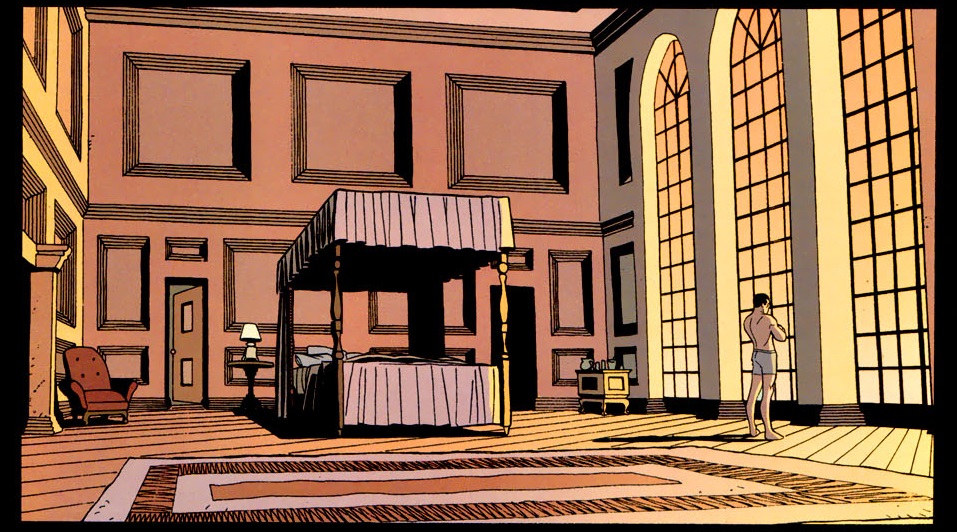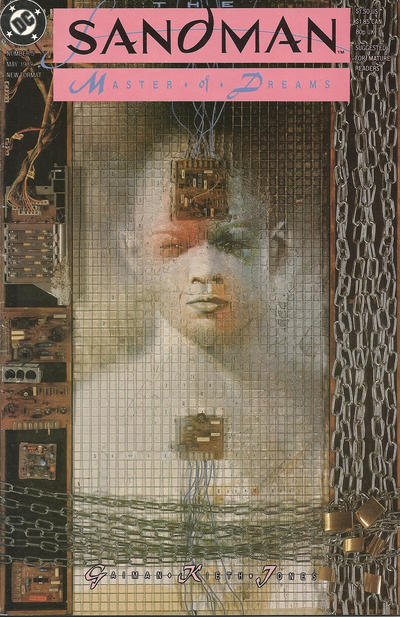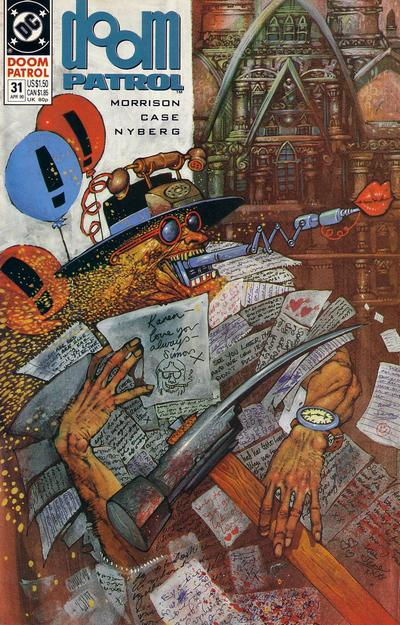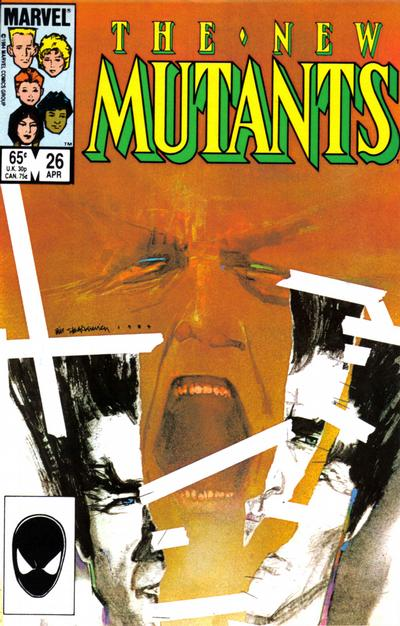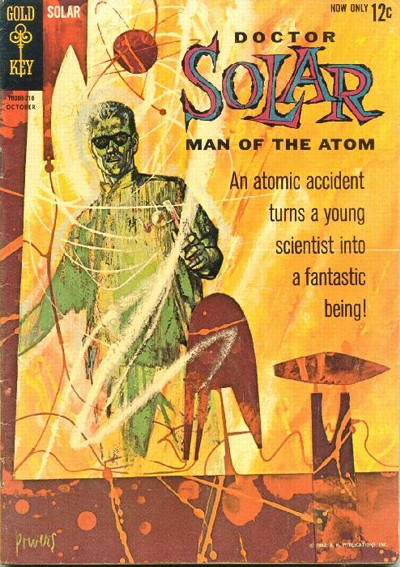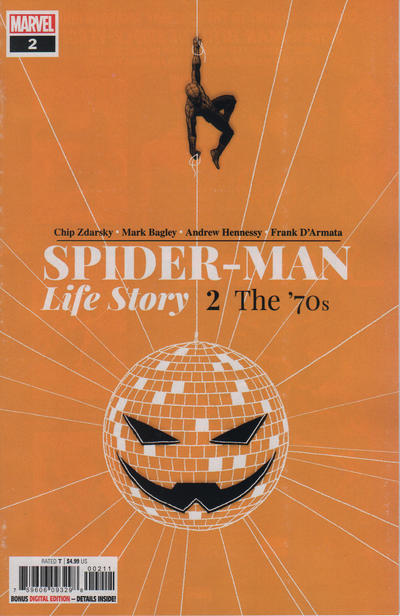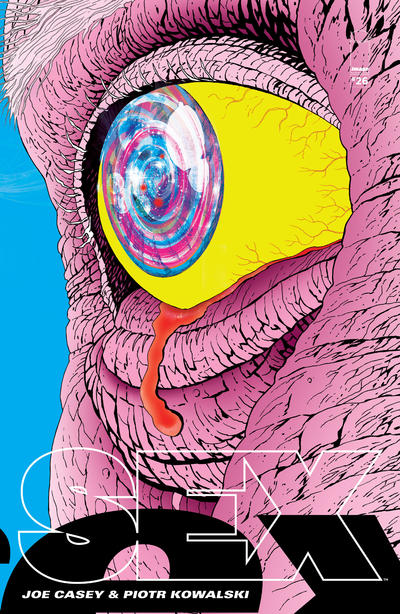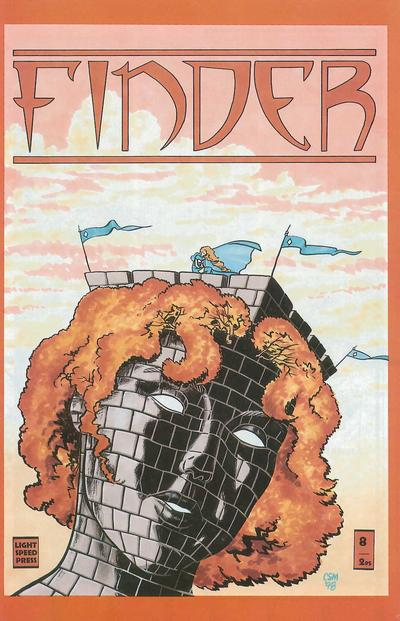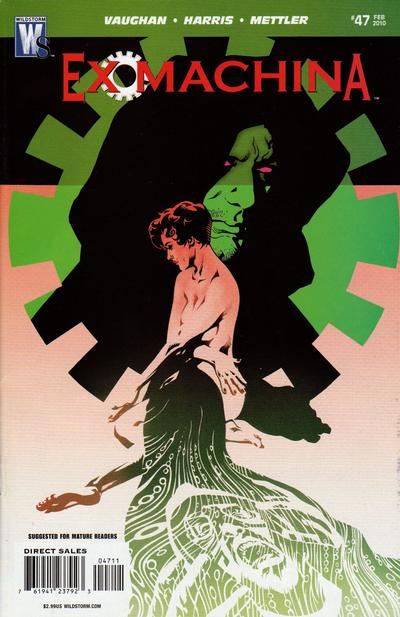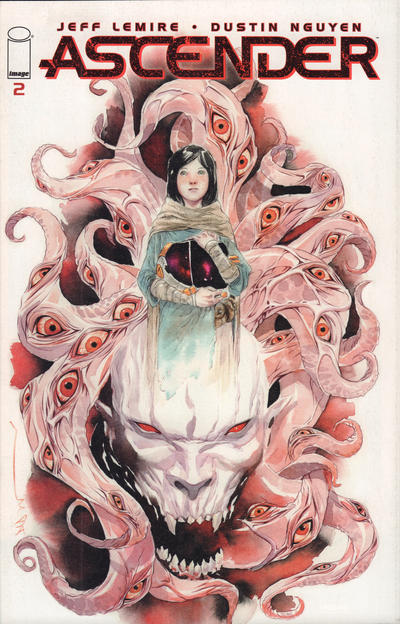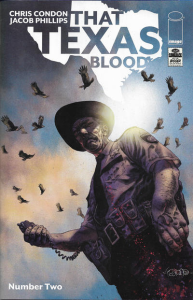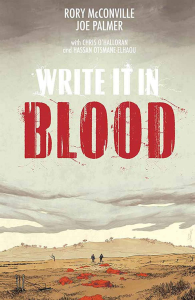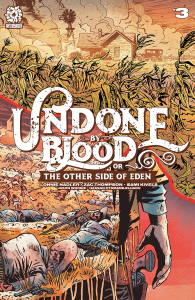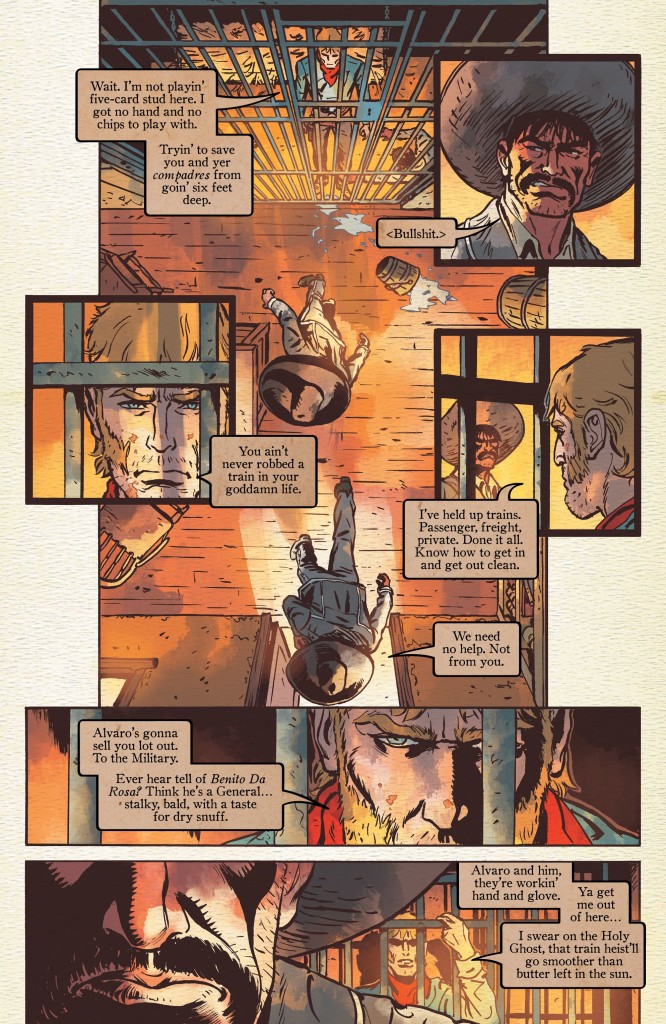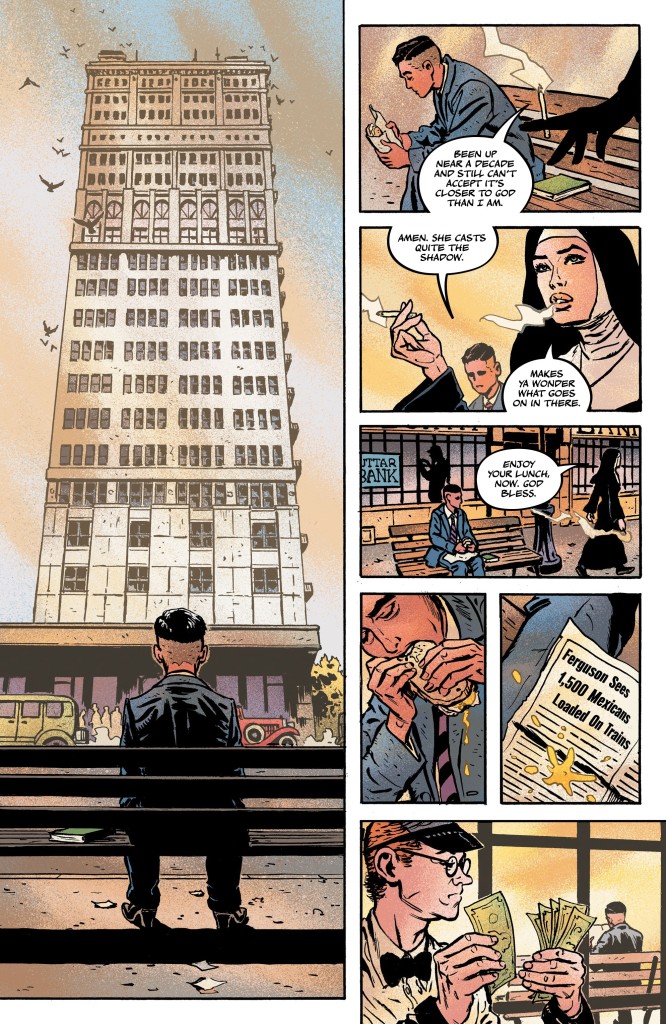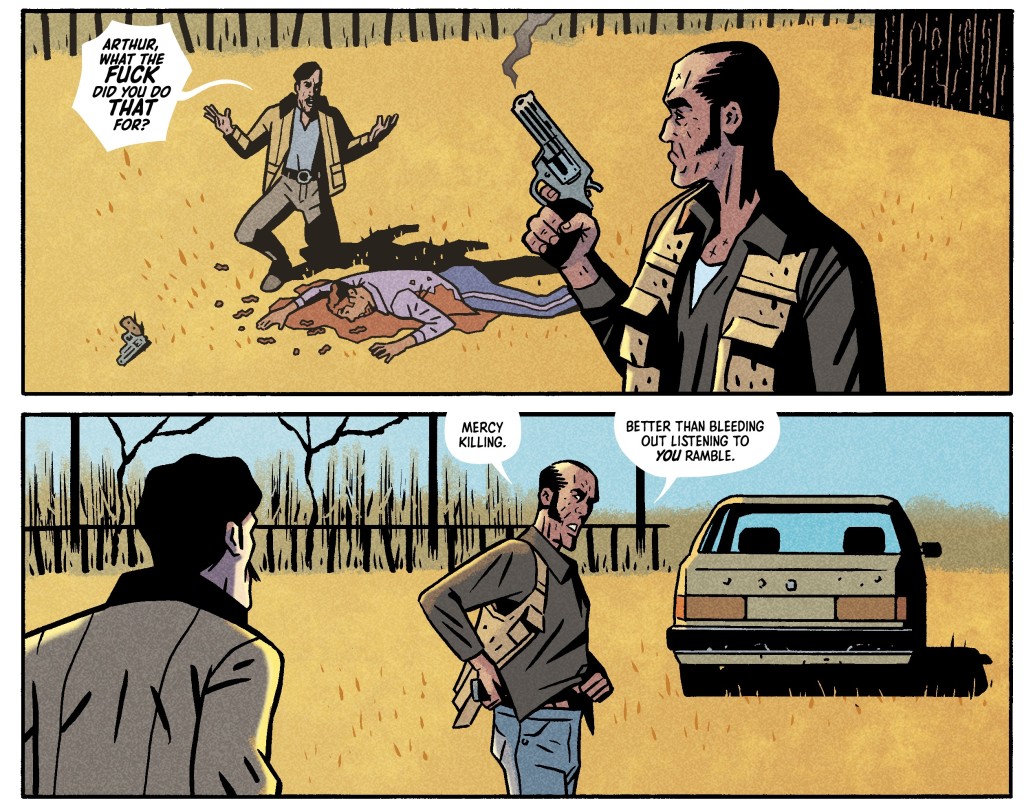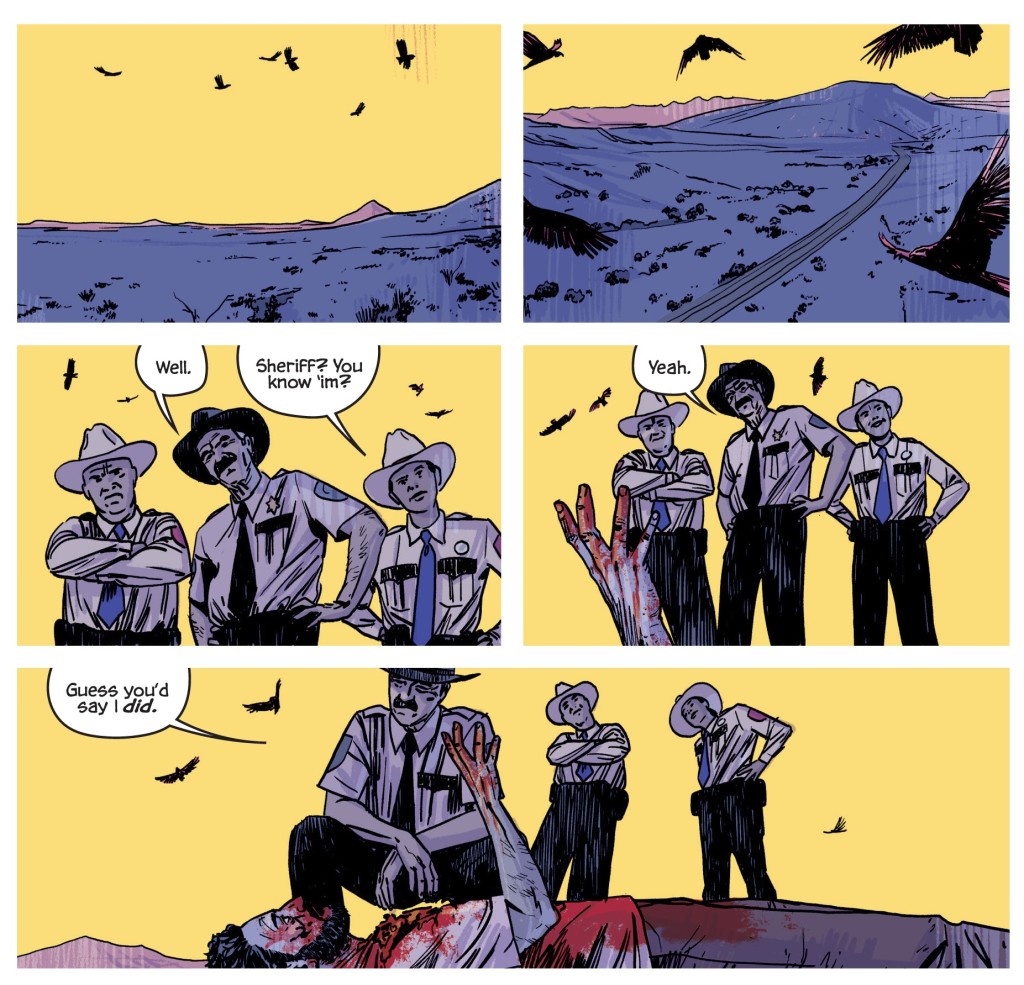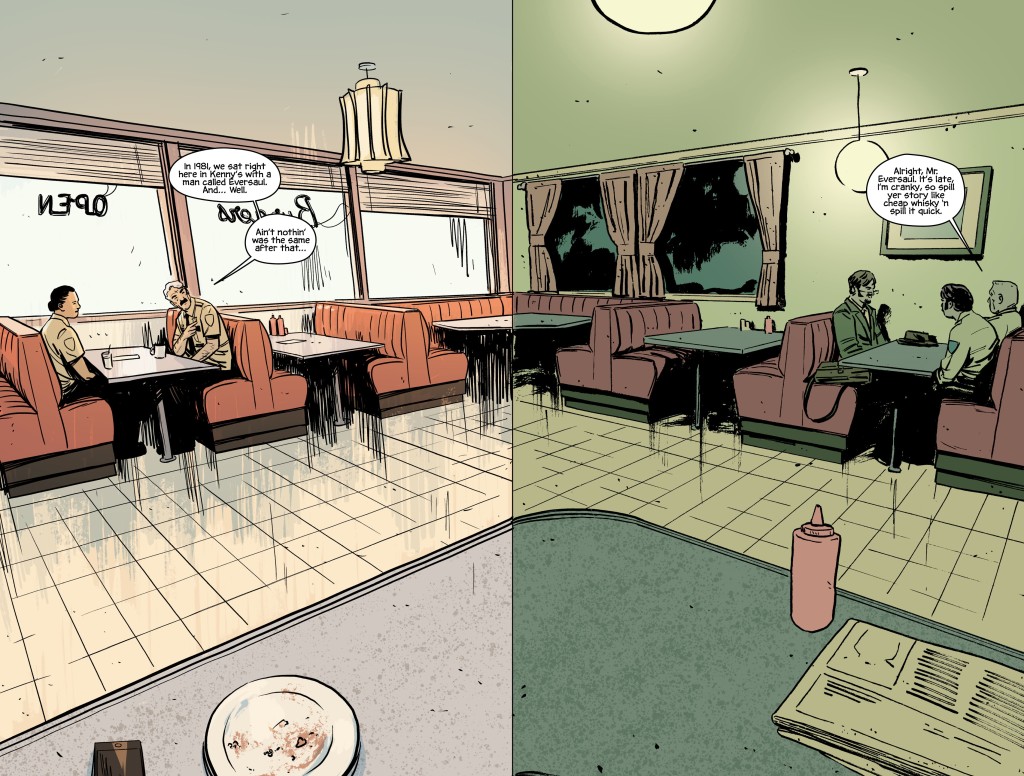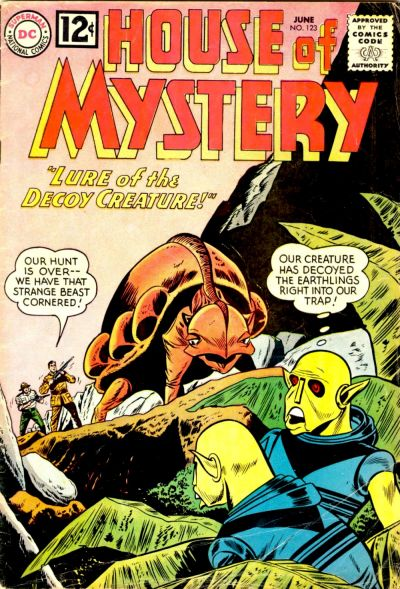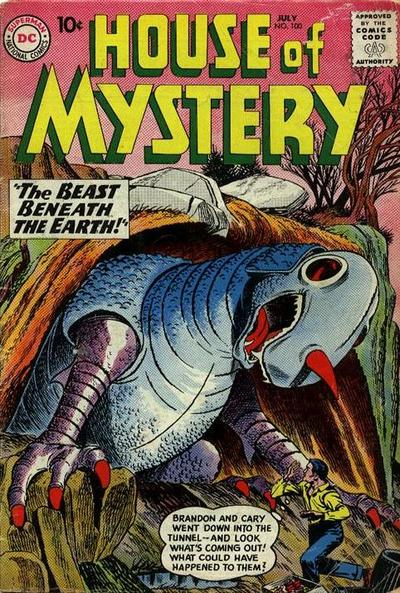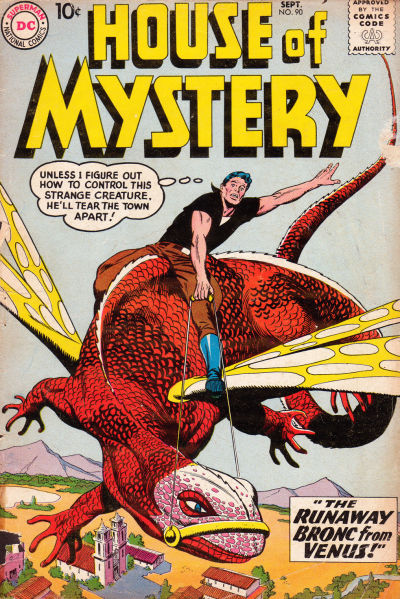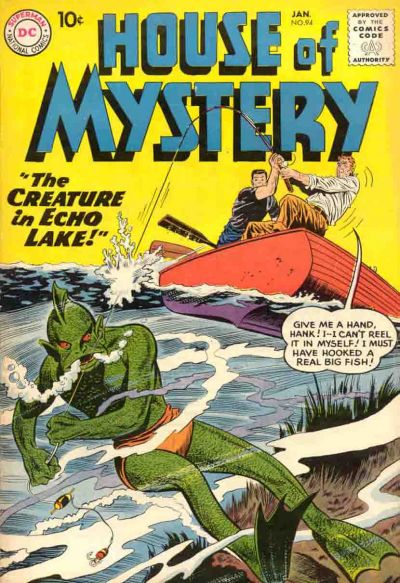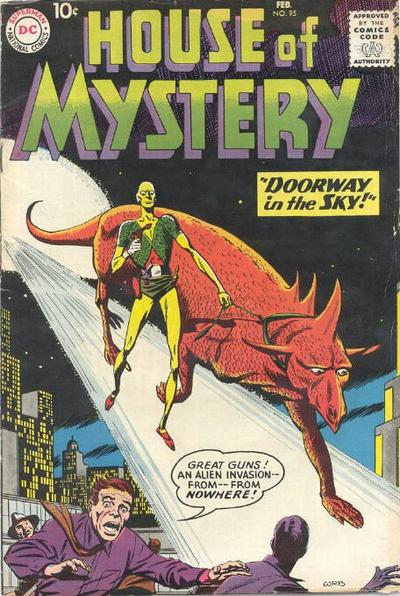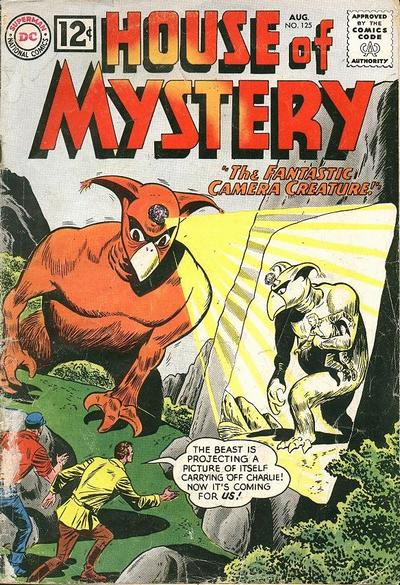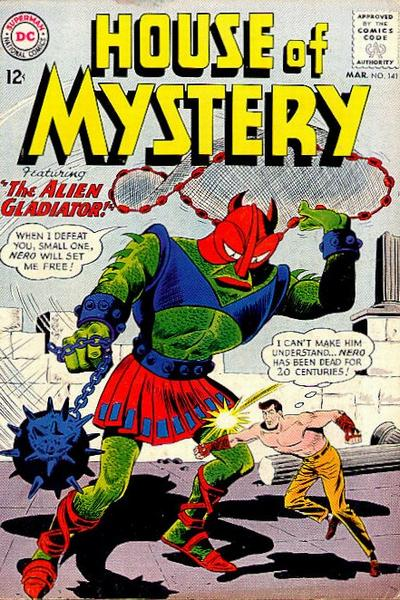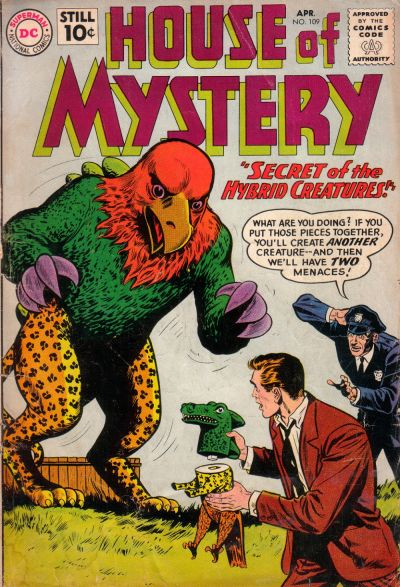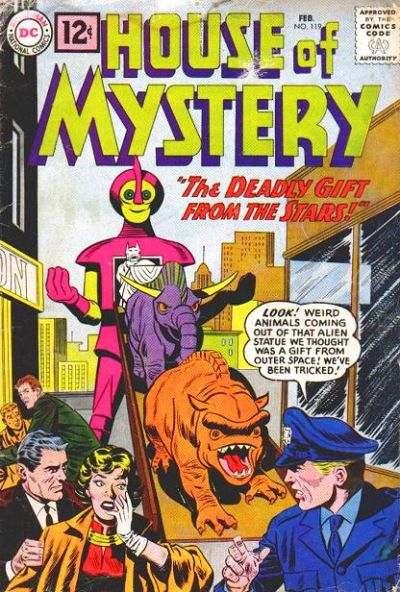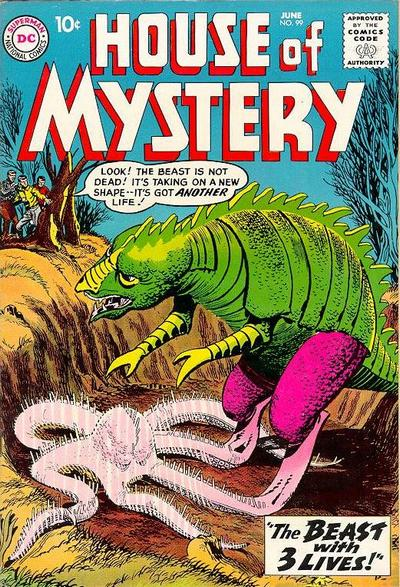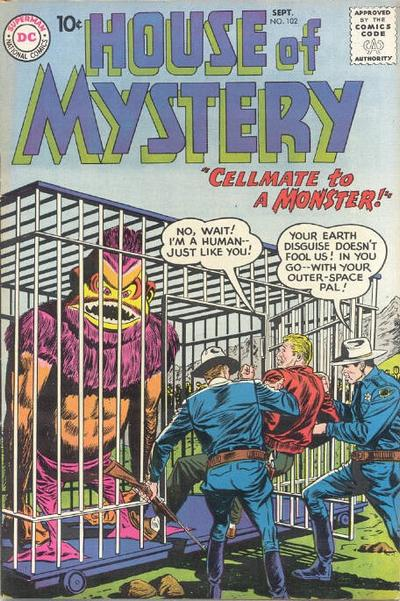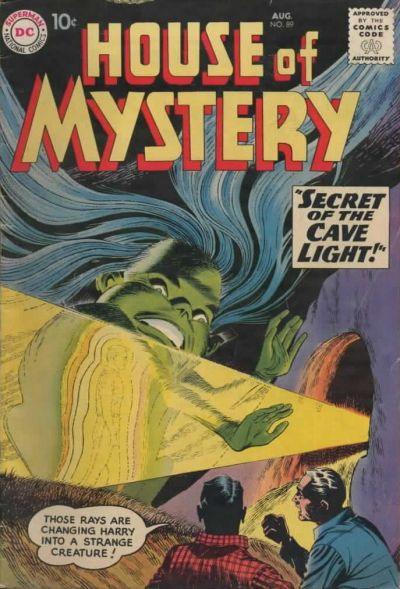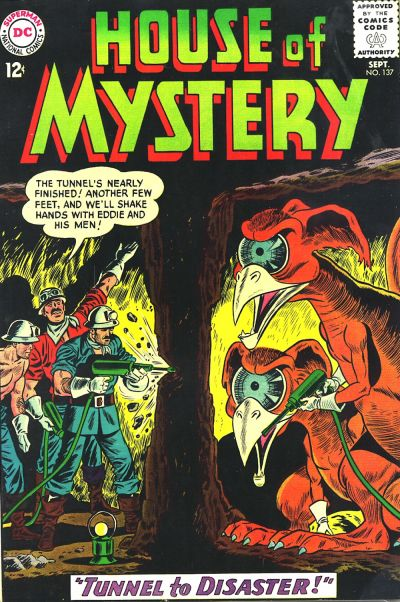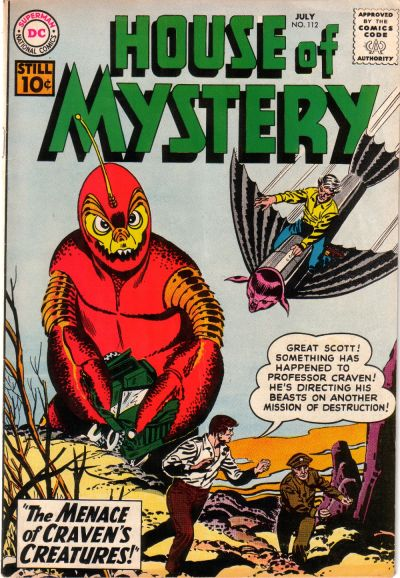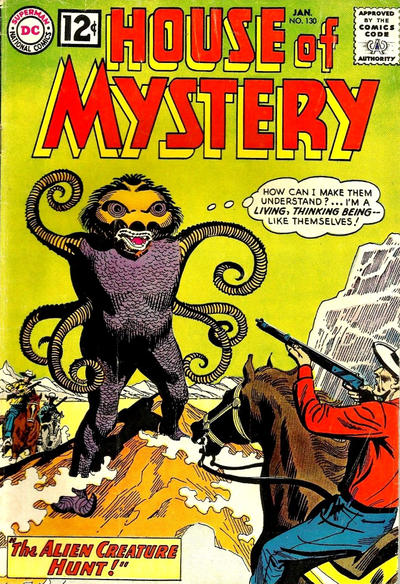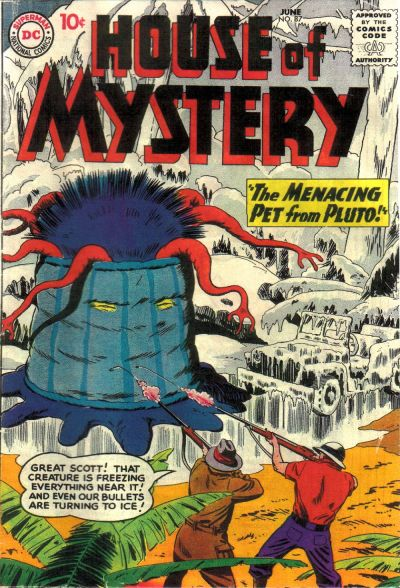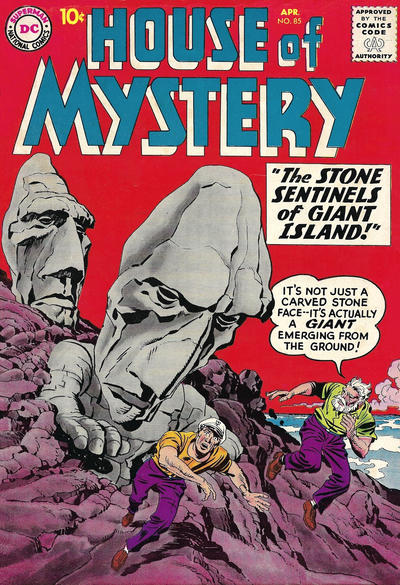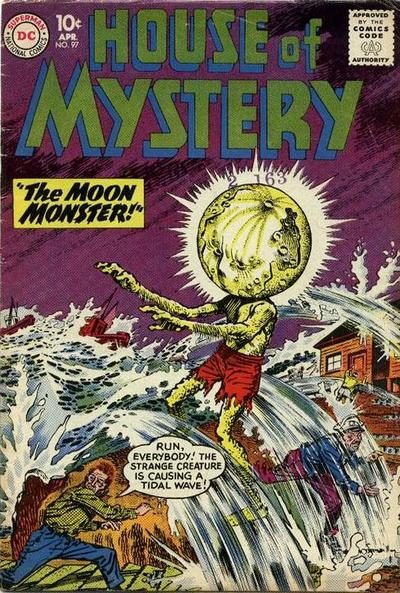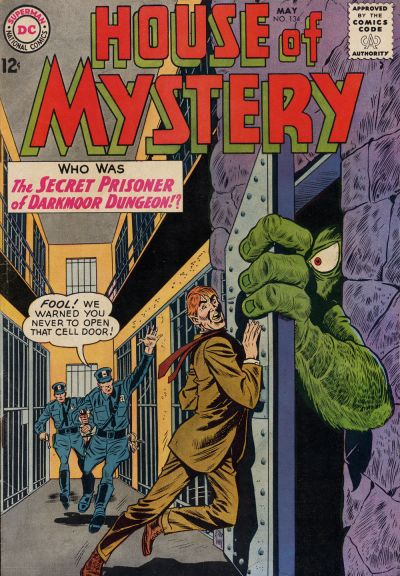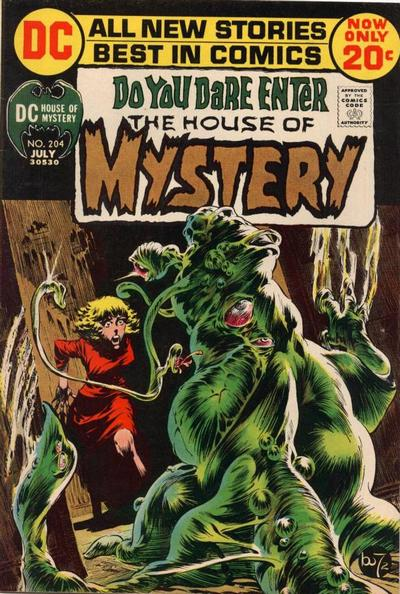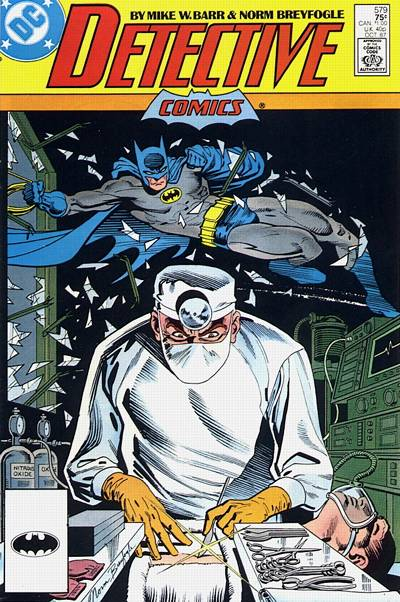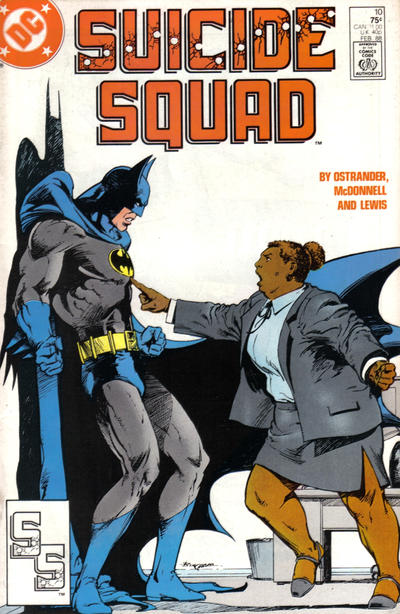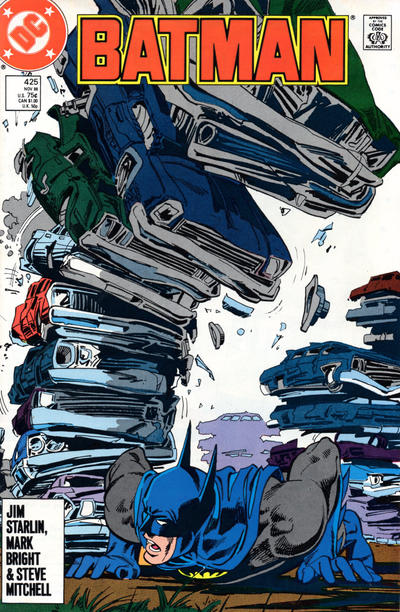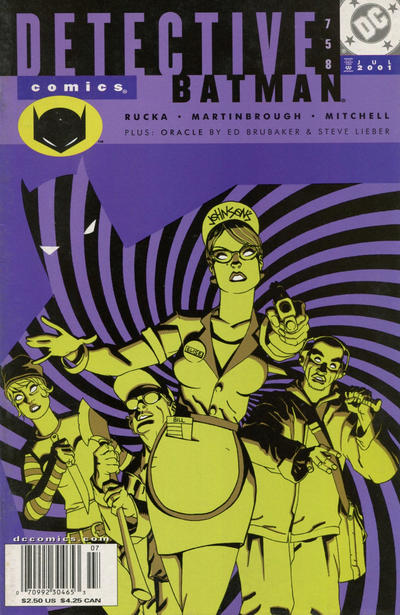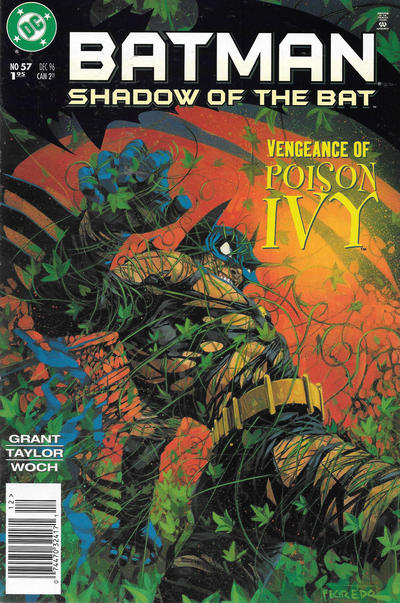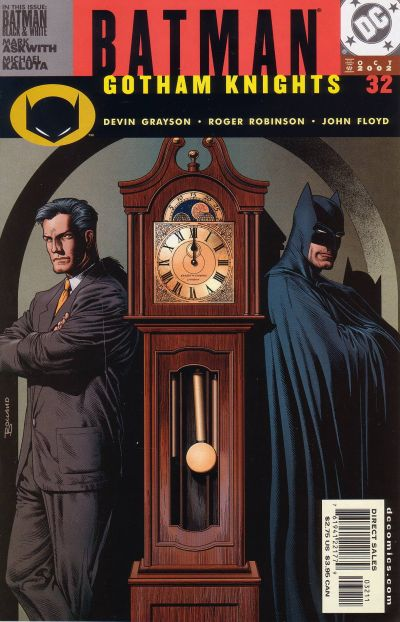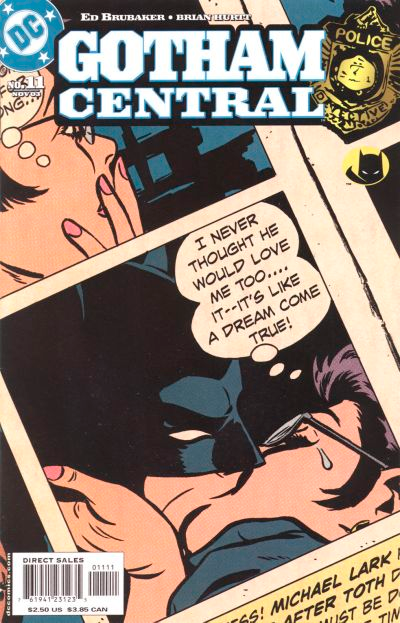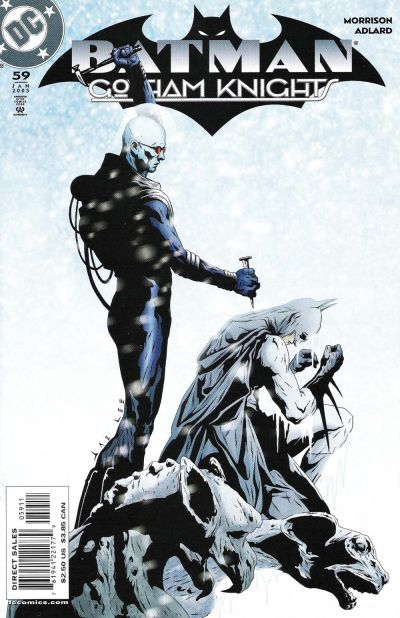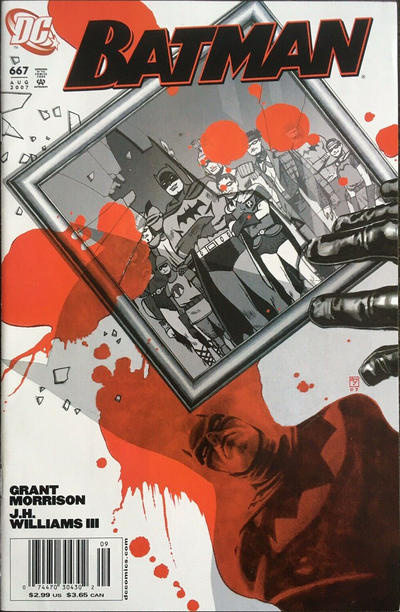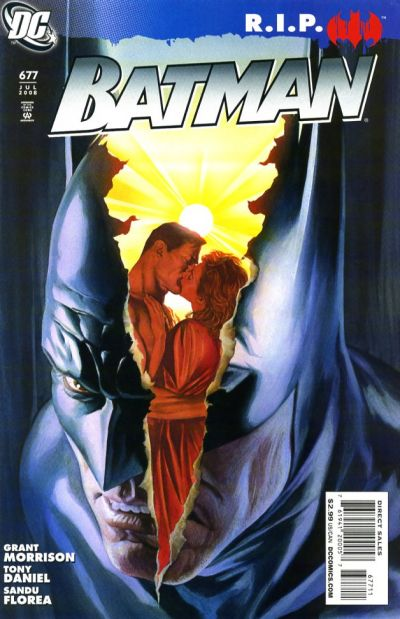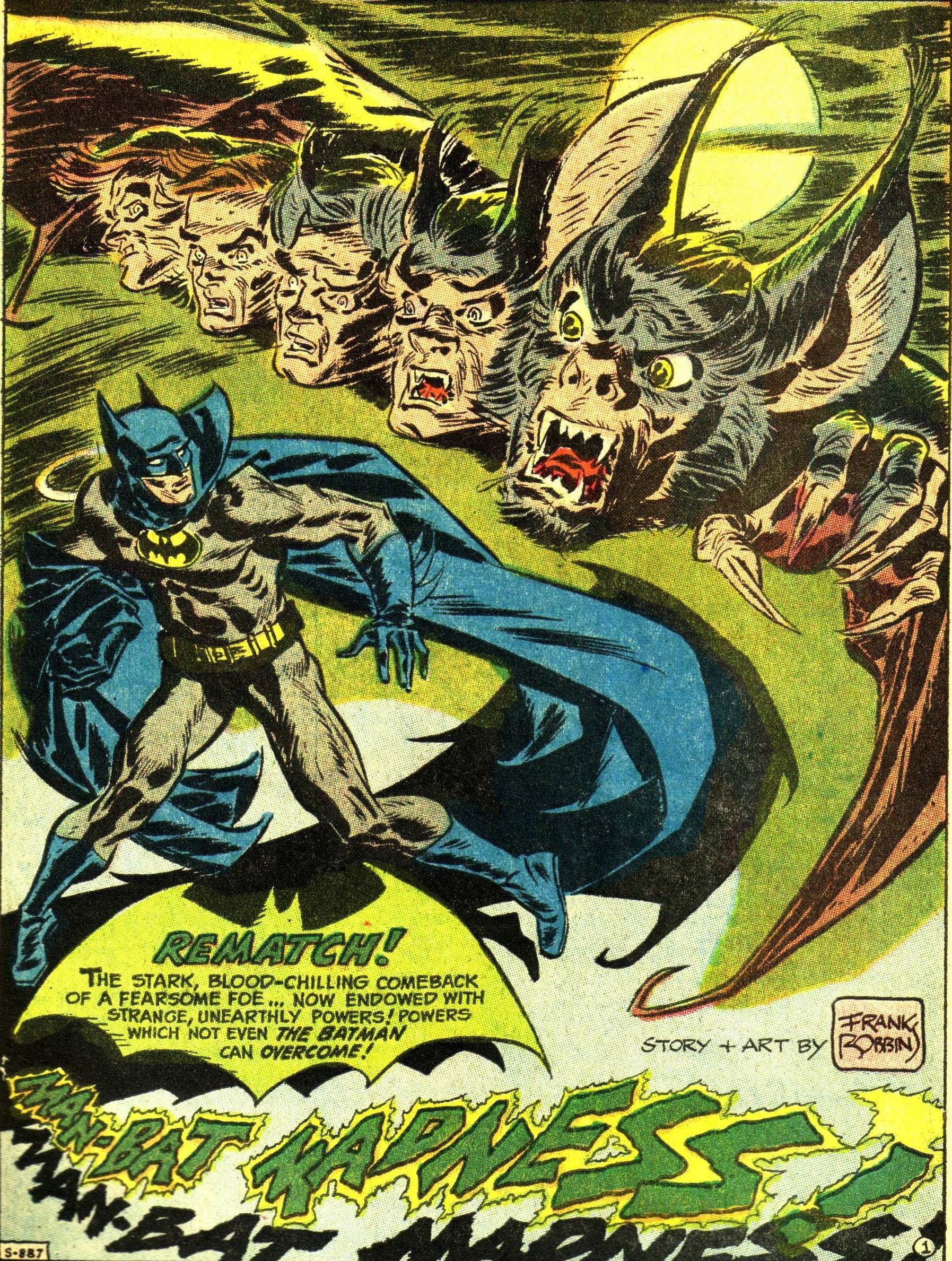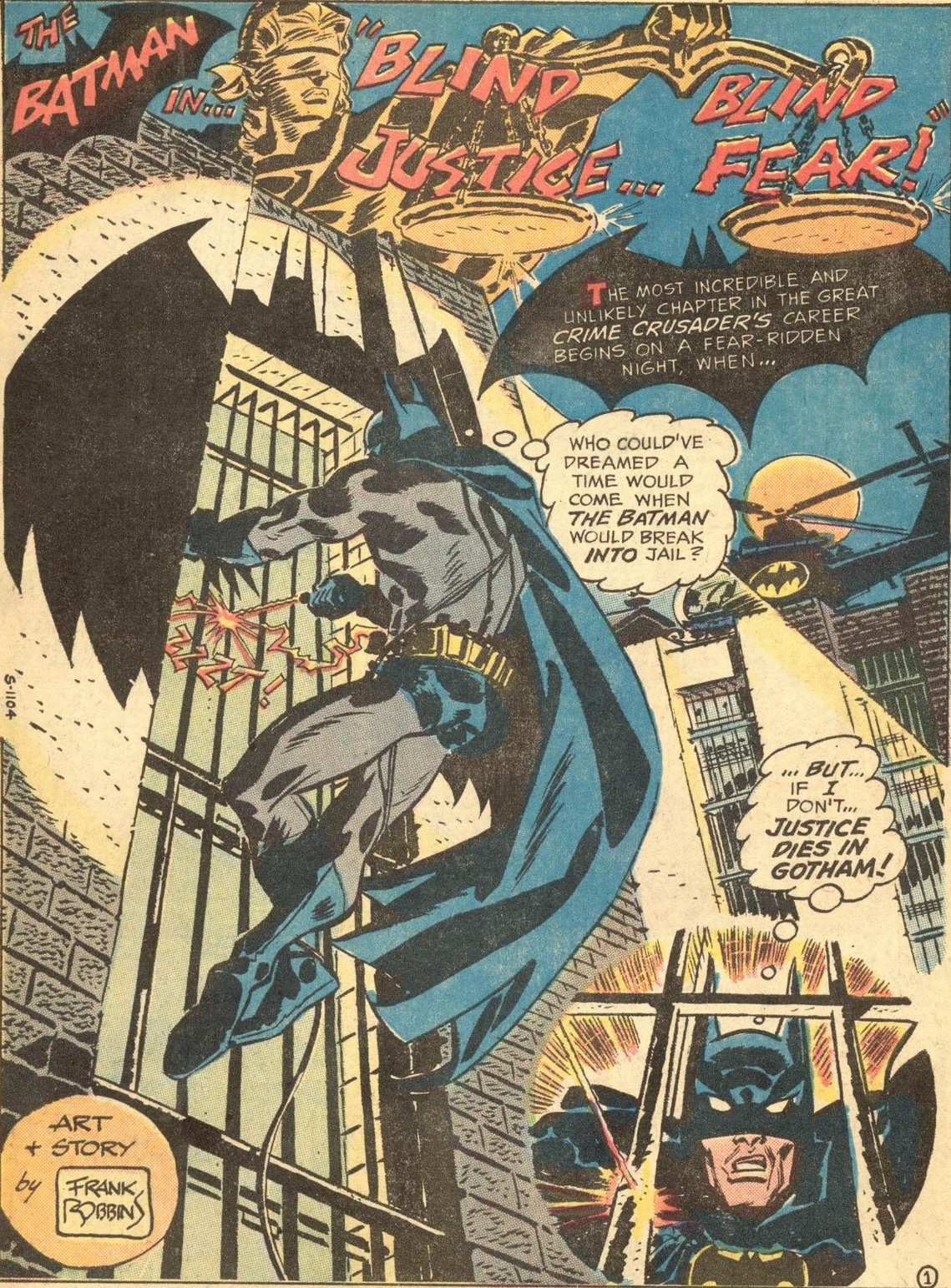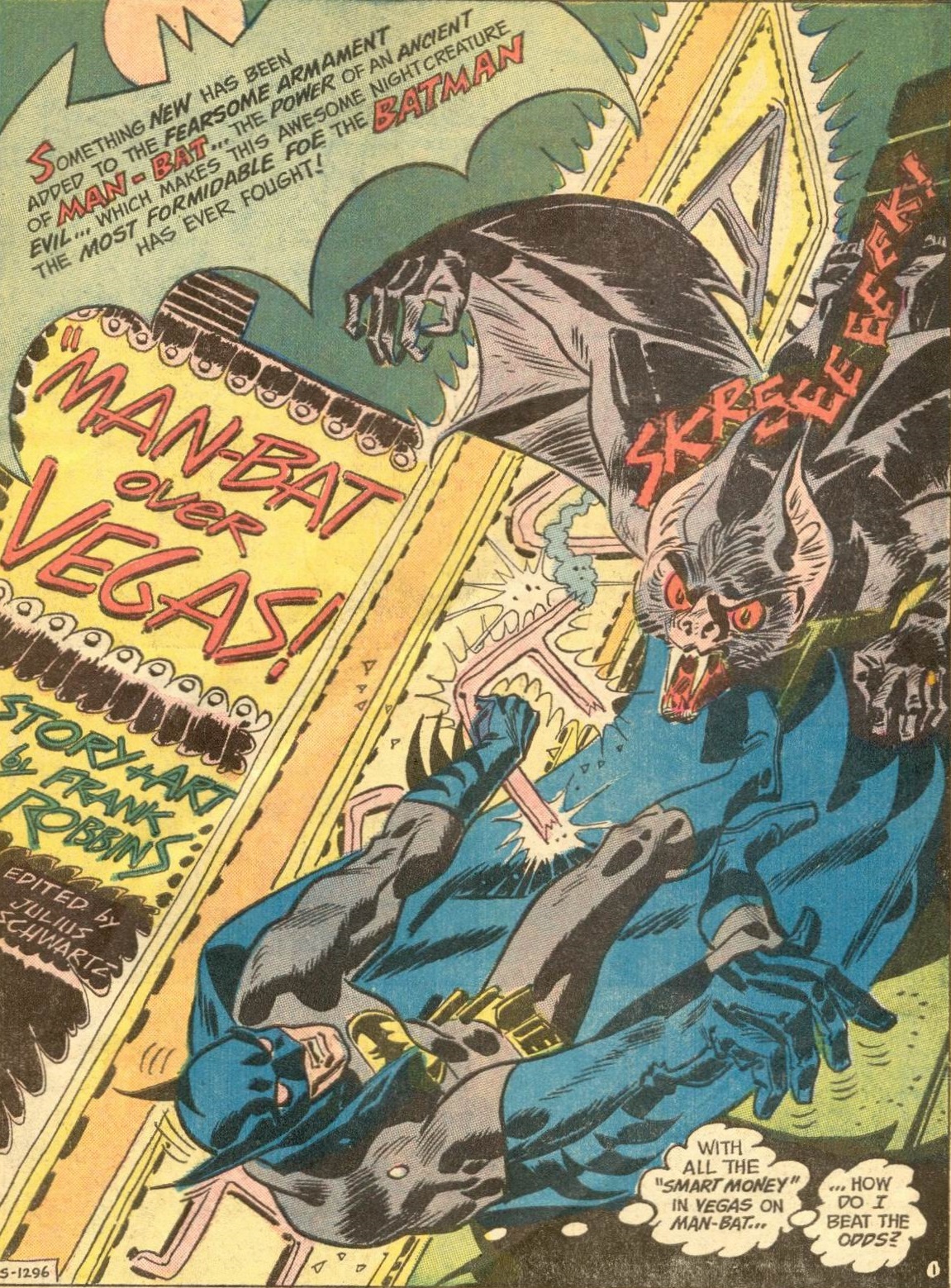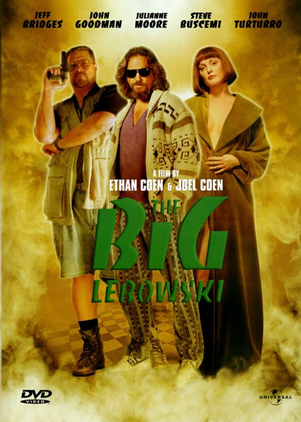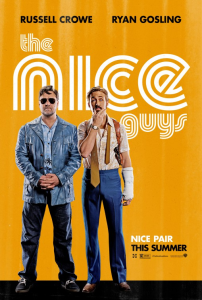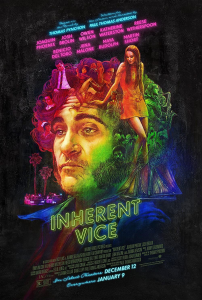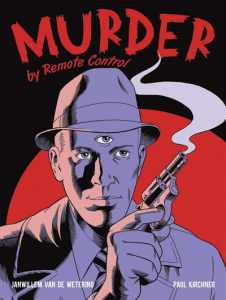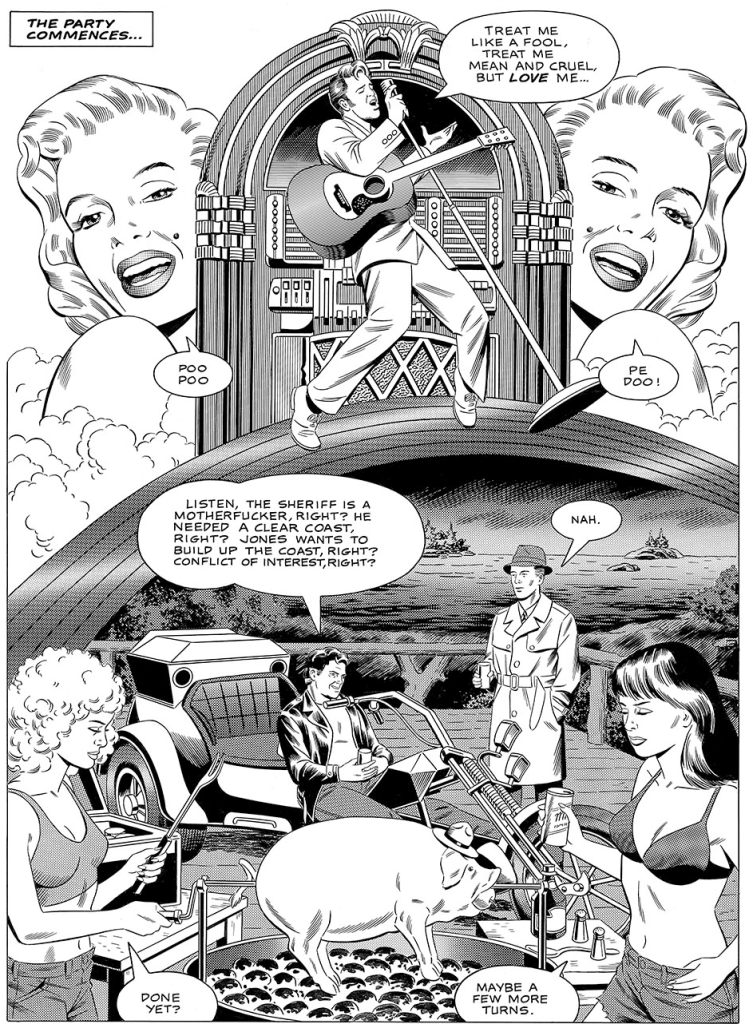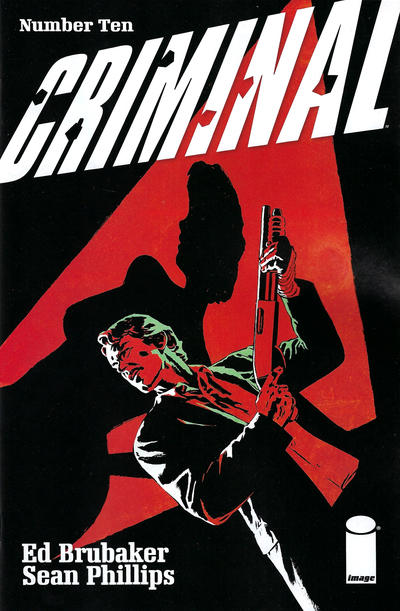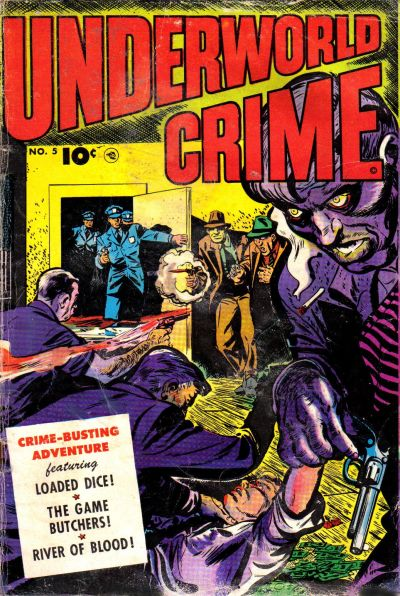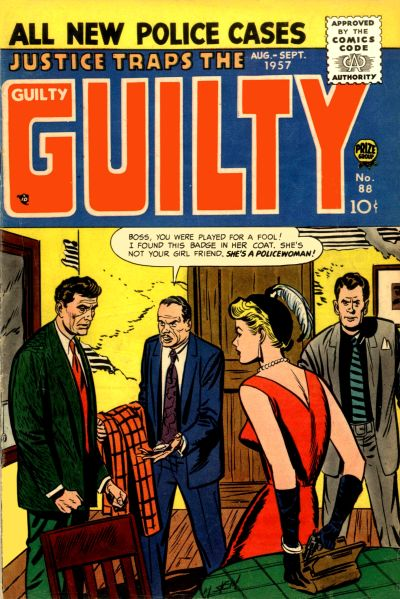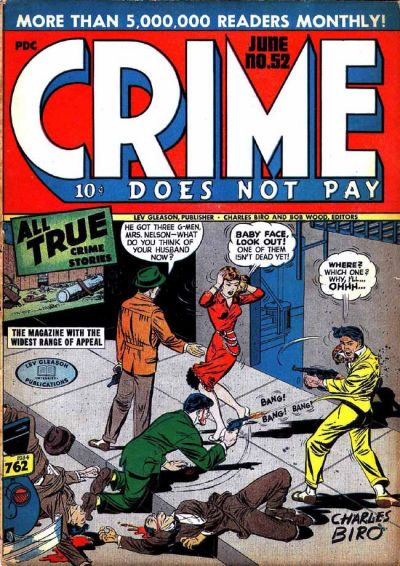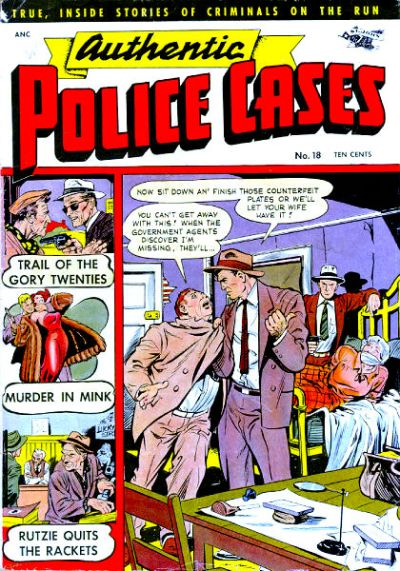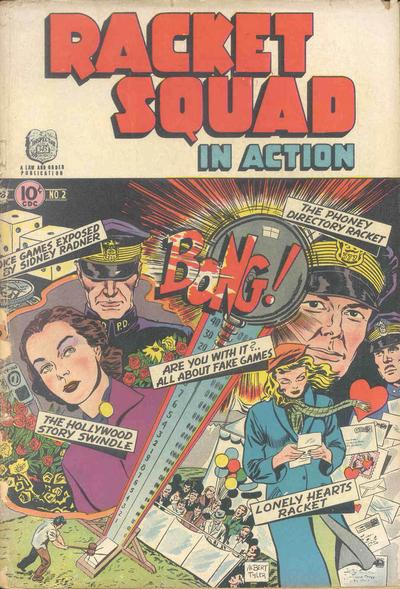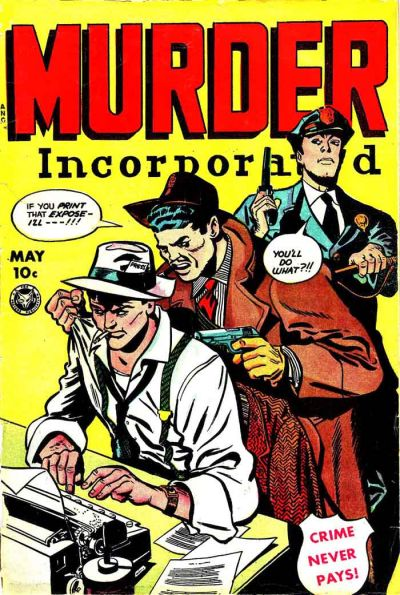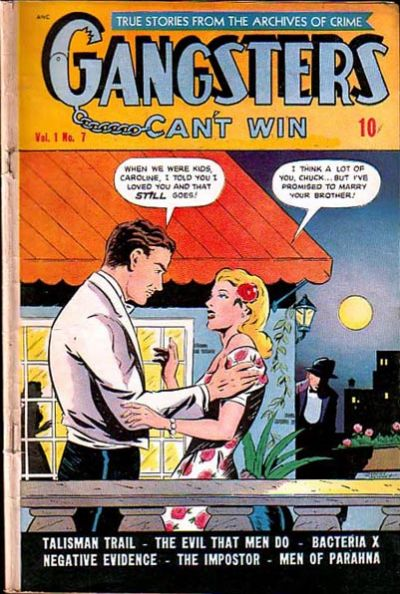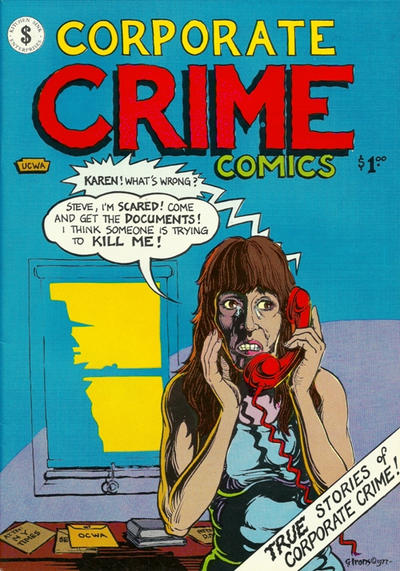Another post based on my summer reads… Besides science fiction, as always I also spent part of my break reading spy yarns. The last time I wrote about this type of books in the blog I focused on a couple of old ones, so now, to keep things fresh, I’m recommending two cool novels that came out in the last dozen years:
SLOW HORSES
(Mick Herron, 2010)

“This is how River Cartwright slipped off the fast track and joined the slow horses.
Eight twenty Tuesday morning, and King’s Cross crammed with what the O.B. called other people: ‘Non-combatants, River. Perfectly honorable occupation in peacetime.” He had a codicil. ‘We’ve not been at peace since September ’14.’
The O.B.’s delivery turning this to Roman numerals in River’s head, MCMXIV.
Stopping, he pretended to check his watch; a maneuver indistinguishable from actually checking his watch. Commuters washed round him like water round a rock, their irritation evident in clicking of tongues and expulsions of breath. At the nearest exit – a bright space through which weak January daylight splashed – two of the black-clad achievers stood like statues, their heavy weaponry unremarked by non-combatants, who’d come a long way since 1914.
The achievers – so called because they got the job done – were keeping well back, as per instructions.
Twenty yards ahead was the target.”
In the 1960s, Len Deighton and John le Carré revolutionized British spy fiction through their emphasis on the white-collar dimension of espionage, writing about the role of bureaucracy, departmental politics, and the sort of petty squabbles that tend to develop in the context of middle-management jobs. In the 21st century, Mick Herron joined their lineage with a series of novels about Slough House, the place where intelligence careers go to die, i.e. where MI5 agents who screwed up – the titular ‘slow horses’ – are sent to perform the most boring tasks required by the Secret Services (like monitoring websites and bank transactions). The result is a depressing office space that at first appears to be full of frustrated, drunken has-beens and pathetic fuck-ups, many of whom can’t stand each other… headed by the obese, flatulent, foul-mouthed Jackson Lamb, a former cold warrior and feared force of nature who should join James Bond and George Smiley as one of the most memorable figures in the whole damn genre.
After kicking off with an impressive 10-page scene that grabs readers with ultra-tight tension and action, the awesome first book, Slow Horses, leisurely introduces Slough House and its general atmosphere. There is both biting humor and melancholia in the way the prose establishes the large cast of well-rounded characters who are eventually given decisive parts to play once the narrative returns to high gear in the second half, when a young boy’s kidnapping puts everyone to the test and digs up some seriously dark secrets.
Honestly, as gripping as that last section is, what won me over was the world building, from the lengthy description of Slough House’s derelict physical conditions to Herron’s additions to the genre’s expanding glossary of made-up slang, such as the Achievers (MI5’s SWAT team), the Dogs (the internal investigation unit), and C&C (‘Collect-and-Comfort,’ aka picking up a subject of interest without worrying onlookers) [EDIT: it turns out Herron actually introduced these concepts in 2008’s Reconstruction, which is a sort of prelude to the Slough House series]. It’s also a very London book, not just because of the detailed locations, but also because the shadow of the 7/7 bombings looms large over the city.
I’m particularly fond of two early sequences capturing the workers’ interior lives – a chapter following their arrival at the office early in the morning and another one showing us their lonesome return home at the end of the day, each facing their own ghosts.
“There’d been lights in the windows. Ho knew before opening the door that Slough House was occupied. But he’d have been able to tell anyway – damp footprints in the stairwell; the taste of rain in the air. Once in a harvest moon, Jackson Lamb would arrive before Ho; random predawn appearances that were purely territorial. You can haunt this place all you like, Lamb was telling him. But when they pull down the walls and count the bones, it’ll be mine they find on top. There were many good reasons for not liking Jackson Lamb, and that was one of Ho’s favorites.”
Along with the sardonic satire of public administration and of the dynamics of the contemporary work place, it helps that Mick Herron is a master storyteller. If, in the second portion of Slow Horses, he raises the level of suspense by quickly alternating between multiple subjective perspectives, in the first part he keeps strategically withholding information, so that even when there isn’t much external action going on readers are constantly teased and surprised by mini-mysteries: What is the deal with Sid? What does O.B. stand for? How does each assignment contribute to the main operation, who is really running it, and how does it tie into the kidnapping plot? One chapter finishes with a major cliffhanger (one of four key characters has been shot, but we don’t know who) that doesn’t get resolved until much later, keeping you on the edge while frantically turning the pages!
A TV adaptation came out earlier this year, with pitch-perfect performances by Gary Oldman (as Jackson Lamb) and Saskia Reeves (as Catherine Standish, a disgraced version of Moneypenny). Wisely, both works play to each medium’s strengths… by which I mean the ability to stimulate our senses not only through what is there, but through what is not. I’m not just referring to the inherent limitations of each format, even if those are enjoyable by themselves (i.e. the way novels invite us to visualize in our heads images corresponding to what is being described is part of what makes them so engaging, just like cinema and television tend to be most affecting when they require us to interpret processes and motivations purely based on the actions we can see). I mean that, like Mick Herron, the show’s creators seem to understand the appeal of narrative gaps (especially in spy fiction, which is all about the allure of secrecy) so they keep introducing blind spots and ellipses for us to fill in: they deliberately omit bits and pieces, keep stuff blurred or offscreen, and often insinuate rather than tell *or* show. What’s fascinating, however, is that, because they’re operating in such different media, they end up choosing to hide – or to focus on – a number of different elements of the same basic story.
At the end of the day, though, I must admit I had a better time with the book. As fun as it is to watch the characters push against that rusty backdoor, it’s way more of a blast to read Herron’s amusing descriptions of their thoughts and detailed backstory…
“For Catherine Standish, Slough House was Pincher Martin’s rock: damp, unlovely, achingly familiar, and something to cling to when the waves began to crash. But opening the door was a struggle. This should have been an easy fix, but Slough House being what it was, you couldn’t have a carpenter drop round: you had to fill out a property maintenance form; make a revenue disbursement request; arrange a clearance pass for an approved handyman – outsourcing was ‘fiscally appropriate’, standing instructions explained, but the sums spent on background vetting put the lie to that. And once you’d filled out the forms, you had to dispatch them to Regents’ Park, where they’d be read, initialed, rubber-stamped and ignored. So every morning she had to go through this, pushing against the door, umbrella in one hand, key in the other, shoulder hunched to keep her bag from slipping to the ground. All the while hoping she’d maintain balance when the door deigned to open. Pincher Martin had it easy. No doors on his Atlantic rock. Though it rained there too.”
SILVERVIEW
(John le Carré, 2021)

“At ten o’clock of a rainswept morning in London’s West End, a young woman in a baggy anorak, a woolen scarf pulled up around her head, strode resolutely into the storm that was roaring down South Audley Street. Her name was Lilly and she was in a state of emotional anxiety which at moments turned to outrage. With one mittened hand she shielded her eyes from the rain while she glowered at door numbers, and with the other steered a plastic-covered pushchair that contained Sam, her two-year-old son. Some houses were so grand they had no numbers at all. Others had numbers but belonged to the wrong street.
Arriving at a pretentious doorway with its number painted with unusual clarity on one pillar, she climbed the steps backwards, hauling the pushchair after her, scowled at a list of names besides the owners’ bell buttons, and jabbed the lowest.
‘Just give the door a push, dear,’ a kindly woman’s voice advised her over the speaker.”
Silverview alternates between two typical John le Carré narratives, headed in an inexorable collision course against each other. One of them concerns an MI6 agent investigating a possible leak in the UK’s secret services, the other one a civilian unexpectedly crossing paths with the shadowy world of intelligence. Likewise typically, their tales shine a disenchanted light on the history of espionage, from the height of the Cold War era to embarrassing – and depressing – episodes in Bosnia and in the Middle East.
This may sound too formulaic but, just like in the case of Herron, le Carré’s talent lies in the way he imbues characters with rich psychologies, thus achieving serious emotional depth among familiar story beats. And if I sound vague, it’s because much of the pleasure comes from seeing how the whole thing unfolds and comes together, each revelation a lesson in precision, each cast member given enough flesh to feel like an individual person rather than just another piece in the boardgame. Notice, for example, how the veteran writer efficiently sketches a minor player, introduced fairly late in the book, in little more than a paragraph whose style evokes the kind of concise, informative report you’d expect from a seasoned intelligence officer (whose thoughts we are indirectly accessing):
“Quentin Battenby in the prime of middle age. He’s been there ever since Proctor has known him. Sweptback blond hair, now at last greying. Understated film-star looks. Good suits, never takes his jacket off. Hasn’t taken it off now. Never been heard to raise his voice; owns or is owned by a presentable wife who knows everyone’s name at Service functions and is otherwise unseen. Bachelor flat across the river. House in St Albans where he and his family live under another name. Apolitical, but tipped to be in line for Chief provided he plays his cards right and the Tories win the next election. No close friends within the Service, therefore no close enemies. First-rate committee man. Parliamentary oversight people eat out of his hand.
If that was the sum of general knowledge about him, Proctor, who had been his running mate for twenty-five years, had little to add to it.”
Published already after his death, Silverview was John le Carré’s last novel to see print, even though it was not the last one he wrote. According to the afterword, it was originally written around 2013 and shelved, only to be posthumously polished by his son, Nicholas Cornwell (a renowned author himself under the pen name Nick Harkaway). The latter claims to have done little more than a slight editing job and I believe him – honestly, this reads like pure le Carré. Even the few dangling threads and unconfirmed suspicions seem less like plot holes waiting to be fixed than like his signature brand of ambiguities, teasing red herrings, and implicit suggestions.
Above all, the prose is a sheer delight to read. There’s a veritable tour-de-force halfway through the book when one of the protagonists interviews an old spy couple, Joan and Philip, accompanied by their dog, ‘whose name, unexplained, was Chapman’ (I cannot help wonder if this is a nod to Slow Horses, where one of the Dogs is called Sam Chapman). As they talk about a former agent they used to run back in the day, we get an extensive scene that consists mostly of a friendly conversation and yet it doesn’t feel like a mere infodump. Sometimes just letting an interrogation take its time and gradually build up subtext and insinuations can be engrossing enough (think of TV’s Line of Duty), but few can pull it off as smoothly as le Carré, in part because he gives these retired spies such lively voices, organically mixing professional lingo with quaint, informal expressions (‘Never overwork your joe. Rule one. I told Head Office. Didn’t listen to me, thought I’d gone native.’). The language is witty and pithy, relentlessly flowing from direct to indirect speech and back again. And as the dialogue piles up asides, ironical remarks, and metaphors galore, it perfectly captures the peculiarly condescending tone of the British upper class:
“Joan’s opening words of a new chapter, spoken for a larger audience, had a Wagnerian ring:
‘Bosnia! Let’s pray there’ll never be another, we used to say. Fat lot of good praying did. Six tiny nations squabbling over Big Daddy Tito’s Will. All fighting for God, all wanting to be top dog, and nobody to like. Everyone in the rights as usual and everyone fighting wars their grandfathers had fought two hundred years ago and lost.’
And horror stories that beggared belief, need she add? Mutilations, crucifixions, impalings, random and wholesale massacres, women and children a specialty. She’d expected it to be awful, but she hadn’t expected the Thirty Years War meets the Spanish Inquisition. The deal, as ordained by Head Office, was dead simple:
‘Phil would liaise with the countless Intelligence agencies that were falling over each other’s feet, including the heads of the six warring secret services of the former Yugoslavia, which would have been enough for any man’s plate. He’d also confer with United Nations command and NATO representatives, and brief selected NGO on the state of combat and zones of extreme danger.
‘So, basically, you did overt, didn’t you, darling? And jolly well too. The more overt you were, the better for little me, because I was just your silly wife, talking to the gentleman on my right at dinner.’
‘Surplus baggage, total parasite, should never have been allowed to Belgrade in the first place,’ Philip agreed proudly. ‘Fooled all the people all the time. You practically fooled me!’ – after which, he let out a hah! of pleasure remembered, and poked delightedly at Chapman with his toe.”

